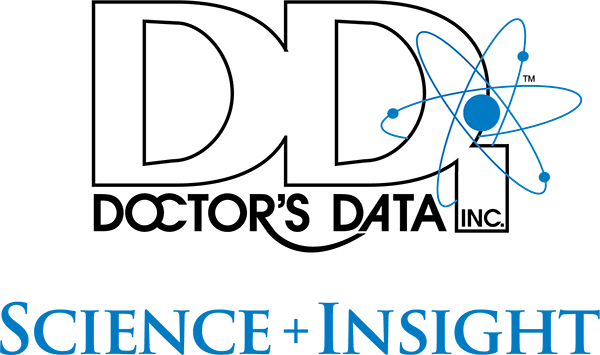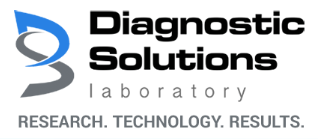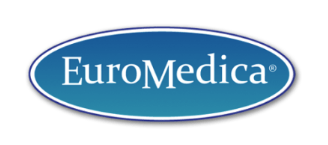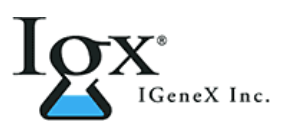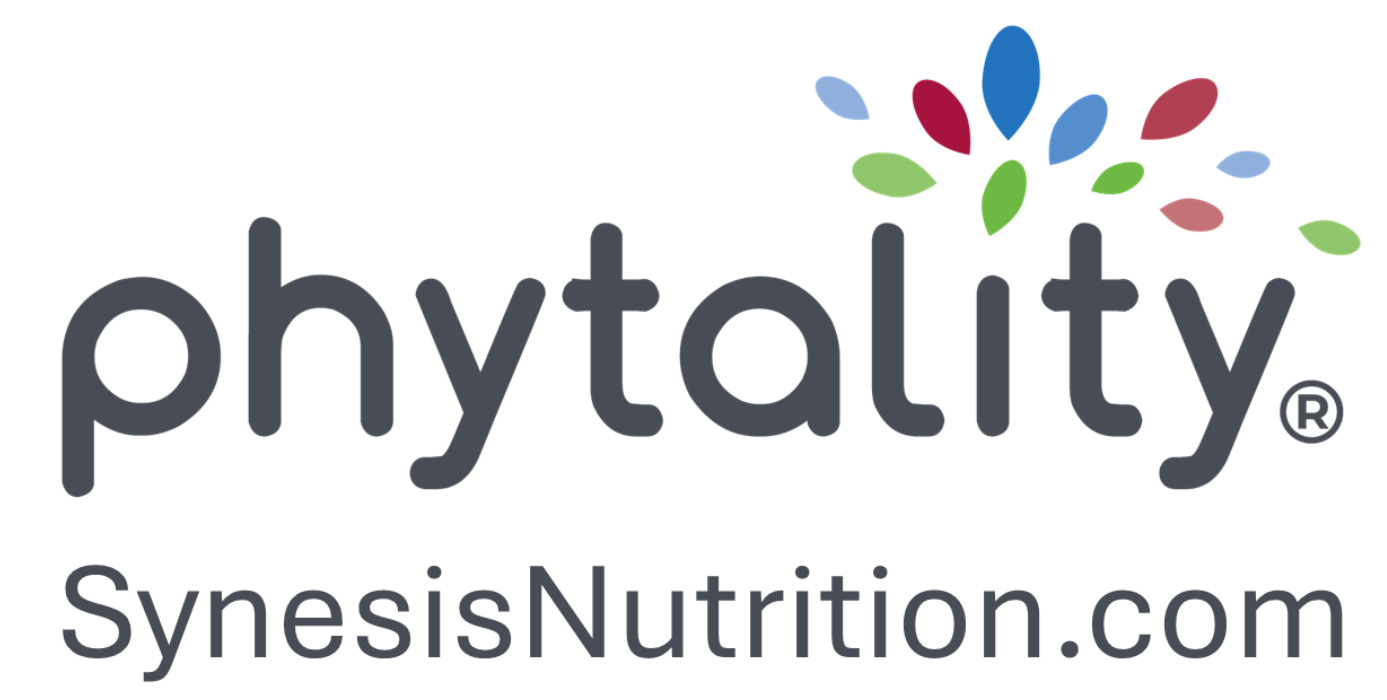By Ruth Hobson, ND (Staff Physician at Doctor’s Data)
Achieving optimal hormone balance is the goal of many treatment protocols. Evaluating hormones via testing plays an important role in this process. Different testing modalities can serve different roles toward the goal of hormone balance. Measuring tissue levels in saliva is essential for understanding physiology and how it plays into a patient’s symptom picture. For a deeper understanding of hormone metabolism and how it impacts breast health, the metabolism and excretion of hormones measured in urine should also be considered.
Elevated endogenous levels of estrone (E1) and estradiol (E2) have been implicated as risk factors in breast cancer. It is well established that the metabolites of E1 and E2 can exert proliferative effects in breast tissue. This is due to the way in which these hormones are metabolized as well as the activity of the metabolite intermediates. The liver is responsible for most of this metabolism first through phase I. During phase I metabolism, E1 and E2 are metabolized to the intermediary hydroxy estrogens, 2-OH, 4-OH, and 16-OH, via CYP1A1, CYP1B1, and CYP3A4 respectively. Each of these metabolites carries known risk as they relate to breast health; 2-OH is generally considered the safer metabolite, while 4-OH is considered to be the most carcinogenic, followed by 16-OH E1, which has also been shown to have a negative impact on breast tissue health.
It is well established that having a relative increase of 2-OH metabolites compared to 4-OH metabolites is favorable. For this reason, increasing 2-OH metabolism via CYP1A1 is a favorable treatment strategy. Research has found these natural products can boost CYP1A1.
· DIM (diindolylmethane) – phytonutrient found in cruciferous vegetables
· I3C (requires stomach acid to convert to DIM)
· Coffee
· Resveratrol
· Andrographolide, from the Andrographis paniculata plant
· Astaxanthin (antioxidant found in shrimp and some algae)
· Fish oil and garlic oil
· Green and black tea
· Hops
Phase I metabolism in and of itself can generate free radicals. Because of this, the following antioxidants are a consideration to help further reduce additional harm to the tissues:
· Vitamins A, C, E
· Carotenoids
· Selenium
· Copper
· Zinc
· Manganese
· CoQ10
· Alpha lipoic acid
· Thiols (garlic, onions, cruciferous vegetables)
· Bioflavonoids
· Silymarin
· Oligomeric proanthocyanins
· Glutathione
· Melatonin
Phase II metabolism involves methylation of phase I metabolites into more water-soluble versions that can be excreted and for the most part rendered inactive, via the COMT enzyme. This is an extremely important step. If 4-OH metabolites are not inactivated, they have the potential to form quinones and or semiquinones, which are highly carcinogenic and genotoxic, capable of inducing and potentiating breast cancer. Quinones and semiquinones can also increase the risk of hormone responsive breast cancer. To decrease this risk, it is critical to optimize the function of COMT. The following have been shown to increase COMT:
· Nutrient cofactors: cruciferous vegetables, soy foods, resveratrol, citrus food, teas (rooibos, dandelion), and spices (rosemary, curcumin)
· Methyl donors: methionine, methylcobalamin, pyridoxyl-5-phosphate, betaine, folate, and magnesium
For those who have lower COMT activity and thus greater potential for quinone activity, two supplements may offer some additional protection:
Resveratrol
· Can reduce catechol estrogen semiquinones back to catechol estrogens
· Can induce the estrogen-protective enzyme quinone reductase
· Modulates CYP1B1, thereby reducing its activity and minimizing the potential for the formation of 4-OH metabolites
NAC
· Can reduce estrogen semiquinones back to catechol estrogens
· Primary effect is to react with quinones to form conjugates preventing the formation of estrogen-DNA adducts.
Doctor’s Data now offers the Hormone and Urinary Metabolites Assessment Profile (HuMAP™) which directly measures metabolite levels, offering providers a tool for a targeted approach for breast health risk reduction.
References
Cavalieri E, Rogan E. The 3,4-quinones of estrone and estradiol are the initiators of cancer whereas resveratrol and N-acetylcysteine are the preventers. International Journal of Molecular Sciences. 2021;22(15):8238. doi:10.3390/ijms22158238
Chen HW, Tsai CW, Yang JJ, Liu CT, Kuo WW, Lii CK. The combined effects of garlic oil and fish oil on the hepatic antioxidant and drug-metabolizing enzymes of rats. Br J Nutr. 2003;89(2):189-200. doi:10.1079/BJN2002766
Hodges RE, Minich DM. Modulation of Metabolic Detoxification Pathways Using Foods and Food-Derived Components: A Scientific Review with Clinical Application. J Nutr Metab. 2015;2015:760689. doi:10.1155/2015/760689
Horn TL, Reichert MA, Bliss RL, Malejka-Giganti D. Modulations of P450 mRNA in liver and mammary gland and P450 activities and metabolism of estrogen in liver by treatment of rats with indole-3-carbinol. Biochem Pharmacol. 2002;64(3):393-404. doi:10.1016/s0006-2952(02)01190-5
Jaruchotikamol A, Jarukamjorn K, Sirisangtrakul W, Sakuma T, Kawasaki Y, Nemoto N. Strong synergistic induction of CYP1A1 expression by andrographolide plus typical CYP1A inducers in mouse hepatocytes. Toxicol Appl Pharmacol. 2007;224(2):156-162. doi:10.1016/j.taap.2007.07.008
Ohno M, Darwish WS, Ikenaka Y, Miki W, Ishizuka M. Astaxanthin can alter CYP1A-dependent activities via two different mechanisms: induction of protein expression and inhibition of NADPH P450 reductase dependent electron transfer. Food Chem Toxicol. 2011;49(6):1285-1291. doi:10.1016/j.fct.2011.03.009
Romilly E. Hodges, Deanna M. Minich, "Modulation of Metabolic Detoxification Pathways Using Foods and Food-Derived Components: A Scientific Review with Clinical Application", Journal of Nutrition and Metabolism, vol. 2015, Article ID 760689, 23 pages, 2015. https://doi.org/10.1155/2015/760689
Sisti JS, Hankinson SE, Caporaso NE, et al. Caffeine, coffee, and tea intake and urinary estrogens and estrogen metabolites in premenopausal women. Cancer Epidemiol Biomarkers Prev. 2015;24(8):1174-1183. doi:10.1158/1055-9965.EPI-15-02
Thomson CA, Ho E, Strom MB. Chemopreventive properties of 3,3'-diindolylmethane in breast cancer: evidence from experimental and human studies. Nutr Rev. 2016;74(7):432-443. doi:10.1093/nutrit/nuw010
Yager JD. Mechanisms of estrogen carcinogenesis: The role of E2/E1–quinone metabolites suggests new approaches to preventive intervention – A Review. Steroids. 2015;99:56-60. doi:10.1016/j.steroids.2014.08.006
Yao HT, Hsu YR, Lii CK, Lin AH, Chang KH, Yang HT. Effect of commercially available green and black tea beverages on drug-metabolizing enzymes and oxidative stress in Wistar rats. Food Chem Toxicol. 2014;70:120-127. doi:10.1016/j.fct.2014.04.043

